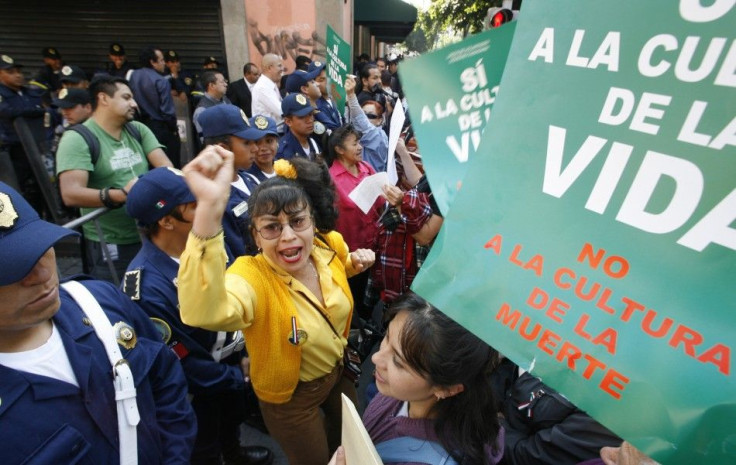Unsafe Abortions Increase: 'Reducing Harm Means More Liberal Laws'

An increase in unsafe abortions continues to put women's health in jeopardy, despite a worldwide decline in abortions, a new study has found.
Researchers at The World Health Organization (WHO) and Guttmacher Institute noted that between 1995 and 2005, the abortion rate per 1,000 women of child-bearing age - 15 to 44 years - worldwide dropped from 35 to 29. In 2008, however, the study found that the global abortion rate was at 28-per-1,000, pretty much unchanged from the 2003 level.
This plateau coincides with a slowdown in contraceptive uptake. And without greater investment in quality family planning services, we can expect this trend to persist, said Gilda Sedgh, lead author of the study published and a senior researcher at the Guttmacher Institute.
Alarmingly, however, the proportion of abortions considered to be unsafe rose from 44 percent in 1995 to 49 percent in 2008.
An unsafe abortion is defined by the study researchers as a procedure for the termination of a pregnancy performed by someone who doesn't have the required skills, or in an environment that doesn't meet minimal medical standards, or both.
These latest figures are deeply disturbing, said Dr. Richard Horton, editor of The Lancet, the UK medical journal that published the study.
The progress made in the 1990s is now in reverse. Promoting and implementing policies to reduce the number of abortions is now an urgent priority for all countries and for global health agencies. It's time for a public health approach that emphasizes reducing harm - and that mean more liberal abortion laws.
The study also found that about 86 percent of all abortions took place in the developing world in 2008 -- up from 78 percent in 1995.
Despite a decline in the abortion rate, 2.2 million more abortions were performed in 2008, a grand total of 43.8 million for the year, compared to 2003, when 41.6 abortions were done.
Latin America has the highest abortion rate of all world regions, with 32 per 1,000 women in 2008. Africa and Asia are a close second with rates of 29 and 28 out of 1,000 women, respectively. North America and Oceania came in with the lowest rates of 19 and 17.
According to Sedgh, the study's finding prove there are strong correlations between abortion rates and access to effective contraceptives, and between abortion rates and the law, seconding Horton's remarks.
The abortion rates are clearly lower in places where abortion laws are more liberal, she said, pointing to Latin America and Africa.
There are still 215 million women in developing countries who have an unmet need for contraceptives.
© Copyright IBTimes 2025. All rights reserved.





















